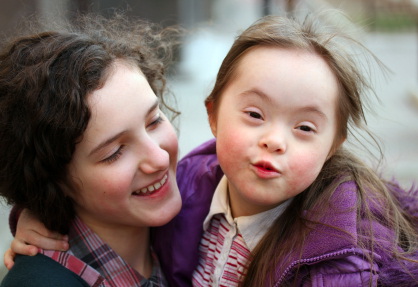The euthanasia of Nancy Fitzmaurice, a severely disabled child who was not dying, has made international waves with disability advocates especially outraged. Nancy’s mother had requested that her daughter be killed and was granted approval by the British legal system. While the 12-year-old Nancy had significant disabilities, she was able to breathe on her own and did not require life support.

Following the starving of Nancy through the withholding of fluids, the Autism Self Advocacy Network [ASAN] has released a statement slamming this decision, calling it “troubling” and “concerning”.
They said that:
The decision constitutes an extremely troubling legal precedent, representing the first time the British legal system has allowed a child breathing on her own, not on life support and not diagnosed with any terminal illness, to be killed by the medical system.
Euthanasia of people with disabilities is an extremely dangerous and wholly inappropriate solution to inadequate pain management. In cases where painkillers are insufficient, a number of alternatives for pain management exist. A policy of euthanasia targets vulnerable people, particularly when it is applied to children. People with disabilities who experience chronic pain should have same access as others to life-sustaining medical treatment.
When parents and physicians have the ability to authorize the killing of disabled children, we see serious abuses. Recently, ASAN and twelve other disability rights groups filed an amicus brief in a case challenging the University of Wisconsin Hospital’s practice of counseling parents to withhold care from children with disabilities for treatable but life-threatening medical conditions. In one such instance, a child with developmental disabilities died after a hospital doctor advised his parents that they could withdraw his feeding tube – which provided fluids and nutrition – based on his supposedly low “quality of life.” The medical condition supposedly justifying this measure was treatable pneumonia. The child died the next day, after administration of morphine. Such actions demonstrate the results of a policy that allows families and clinicians to discriminate on the basis of disability in the application of life-sustaining treatment.
ASAN furthermore was “concerned that the voices of people with disabilities with similar support needs were not heard in this discussion.”
ASAN hits the nail on the head, and especially so by calling out the media coverage of this story, which has been overwhelmingly positive.
Read it all here.

No comments:
Post a Comment